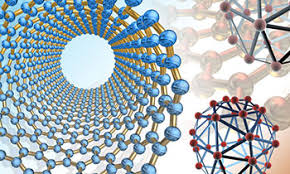Mechanical and Materials Engineering, Department of

Department of Mechanical and Materials Engineering: Faculty Publications
ORCID IDs
0000-0001-8151-1897
0000-0003-2637-0299
Document Type
Article
Date of this Version
2019
Citation
Appl. Sci. 2019, 9, 279
Abstract
The hemodynamic interference of serial stenoses poses challenges for identifying the functional severity using the fractional flow reserve (FFR) method. The instantaneous wave-free ratio (iFR), i.e., the distal-to-proximal pressure ratio at 75% of diastole, was recently proposed to overcome the disadvantages of the FFR. However, the underlying mechanism remained ambiguous due to the lack of quantitative definition of hemodynamic interference. The objective of this study is to quantitatively define the hemodynamic interference and then examine its role on the FFR and iFR measurements. Pressure distributions, velocity fields, and Q-criterion which identifies vortices, were obtained through the computational fluid dynamics (CFD) for five cases with spacing ratios at 1, 3, 5, 7, and 10. The hemodynamic interference was identified using vortex structures which were quantified by Q-criterion. Results have shown that a spacing ratio of 7 or larger was interference-free. Serial stenoses with a smaller spacing ratio led to a larger hemodynamic interference, and thus, larger errors in the FFR measurements compared to the spacing ratio of 7. Moreover, the underestimation of the first stenosis lesion has been observed, even in interference-free cases due to the nature of hyperemia. However, the hemodynamic interference of the serial stenoses has a negligible impact on the iFR measurement, regardless of the spacing ratio. Our results demonstrated that the quantification of the hemodynamic interference in serial stenoses provided a better understanding of its role on the pressure measurements, which could be further exploited for the optimal treatment of serial stenoses.
Included in
Mechanics of Materials Commons, Nanoscience and Nanotechnology Commons, Other Engineering Science and Materials Commons, Other Mechanical Engineering Commons


Comments
© 2019 by the authors.
Open access
doi:10.3390/app9020279